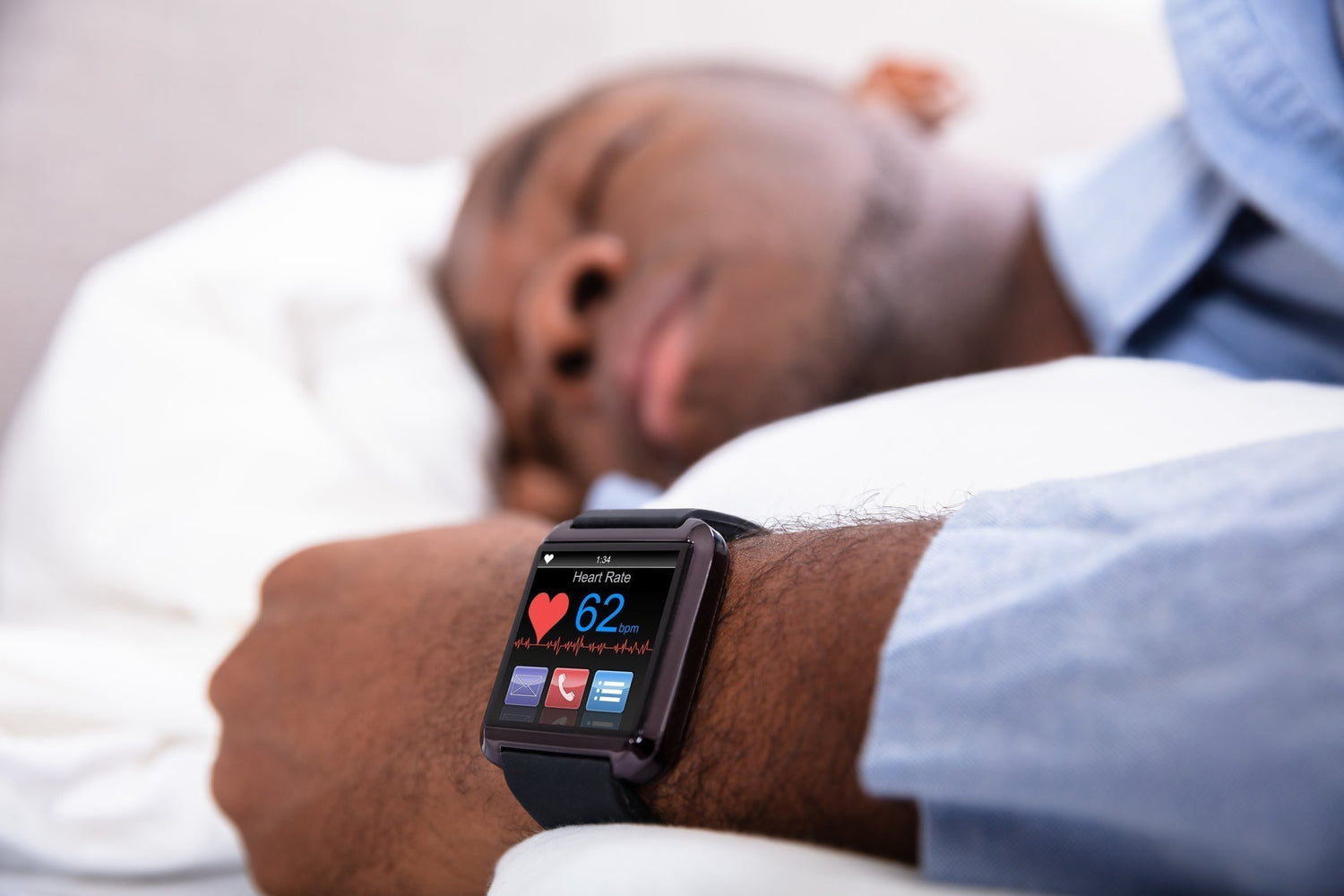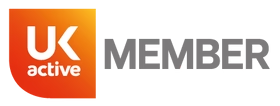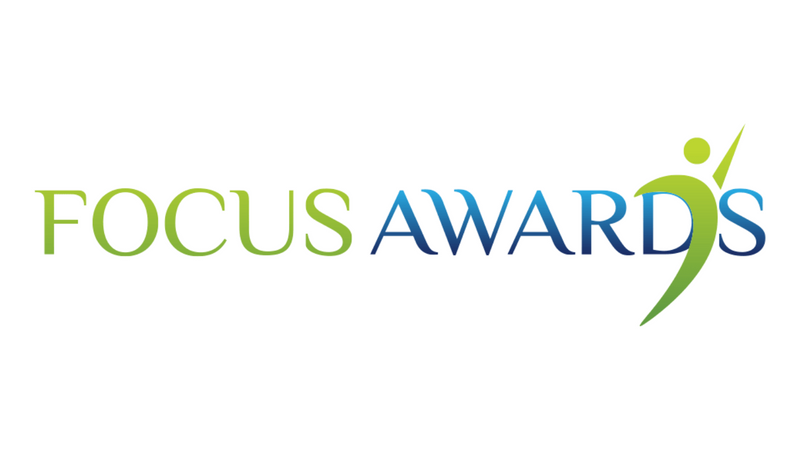Alright , let’s talk about something that’s literally at the heart of fitness—your resting heart rate (RHR). As personal trainers, we’re all about the numbers: reps, weights, macros, PBs, and yes, heart rates. But while we focus a lot on getting that heart rate up during workouts, what about when our clients are just chilling on the sofa, binge-watching their latest Netflix obsession?
You’ve probably been asked at some point, “Hey, what should your resting heart rate be?” And instead of giving a blank stare and mumbling something about ‘it depends’ (which, let’s be honest, is our go-to answer for everything), let’s actually dig into it so you can sound like the ultimate fitness guru.
What Is Resting Heart Rate and Why Should We Care?
Simply put, your resting heart rate is how many times your heart beats per minute (BPM) when you’re , well… resting. Not running a 5K. Not smashing deadlifts. Just sitting there, doing absolutely nothing.
And while it might not seem as exciting as a killer HIIT session, RHR is actually a super important indicator of overall fitness and heart health. A lower RHR generally means the heart is more efficient at pumping blood. Translation: fitter people usually have lower resting heart rates because their heart doesn’t have to work as hard.
So if your client’s RHR is through the roof, it might be time to have a chat about their lifestyle. Spoiler: that chat may involve the words ‘stress ’, ‘sleep ’, and ‘maybe less caffeine’—good luck with that last one!
For those interested in understanding more about the role of nutrition in heart health, the Association for Nutrition provide some great insights.
So… What Should Your Resting Heart Rate Be?
Ah, the million-dollar question! And the answer is: it depends (there it is again!). But, because I don’t want to leave you hanging, here’s a rough guide:
-
Athletes & Super Fit People: 40-60 BPM ( They’re basically superheroes )
-
Average Fit Adult: 60-80 BPM (Nice, healthy range)
-
Less Active or High-Stress Individuals: 80-100 BPM (Might be time for some lifestyle tweaks)
-
Over 100 BPM at Rest? 🚨 That’s called tachycardia, and it’s definitely worth checking in with a doctor.
So, when your client asks, “What should your resting heart rate be?” you now have some solid numbers to throw at them instead of just nodding wisely and pretending to check your imaginary heart rate chart. Remember though, you are only there to advice , if a number looks like it’s in the higher region always refer them to speak to their doctor .
How to Measure RHR (Without Fancy Equipment)
Sure, we love our Fitbits, Apple Watches, and heart rate monitors, but good ol ’ fashioned pulse checking works just fine too. Here’s how you can tell your clients to do it:
-
Pick a Chill Time: Morning is best, before they’ve had their triple-shot caramel macchiato.
-
Find the Pulse: Wrist or neck—whichever is easier.
-
Count for 60 Seconds: Or for 15 seconds and multiply by four if they have the patience of a toddler.
-
Repeat a Few Times: Just to make sure it wasn’t a fluke.
If your client’s resting heart rate is fluctuating like the stock market, it might be worth monitoring over a few days to get a more accurate reading.
What Impacts Resting Heart Rate? (A.K.A. Why Is My Heart Doing That?)
Your heart rate isn’t just a reflection of fitness; loads of other things can mess with it too, including:
-
Fitness Level: Fitter people = lower RHR.
-
Age: It generally rises slightly as we age (rude, right?).
-
Stress: If your client is living in a constant state of ‘fight or flight, ’ their heart rate will show it.
-
Sleep Quality: Good sleep = good heart health.
-
Hydration Levels: Dehydration makes the heart work harder (cue dramatic water chugging).
-
Caffeine & Alcohol: Fun times, but not always heart friendly .
-
Medications & Health Conditions: These can play a huge role, so it's always good to ask!
So, if a client’s RHR is higher than expected, we need to look at the full picture. Are they overtraining? Under-sleeping? Stressing over their fantasy football league?
Using Resting Heart Rate to Guide Training
Now that we know the answer to “What should your resting heart rate be?” (you’re definitely saying it in your head now, right?), let’s talk about how we can use it in training.
-
Baseline Check: Knowing a client’s RHR at the start of training can help track progress. If it drops over time, their heart is getting more efficient. That’s a win!
-
Overtraining Indicator: A sudden spike in RHR (without illness) can be a sign they need more recovery time. Time to talk rest days (and deal with the inevitable “But I don’t need rest days!” conversation).
-
Cardio Programming: A lower RHR means a stronger heart, which means we can challenge endurance clients even more.
For those looking to deepen their understanding of personal training principles and heart rate monitoring, Premier Global offers excellent courses to boost your knowledge.
If you want to enhance your qualifications as a personal trainer, at Study Active we offer fantastic personal training courses that include heart rate monitoring and fitness assessments.
How to Help Clients Improve Their Resting Heart Rate
If a client’s RHR is on the high side, here are a few simple (but effective) things we can suggest:
-
More Cardio: Regular aerobic exercise strengthens the heart, making it more efficient.
-
Strength Training: A strong body supports a strong heart.
-
Better Sleep: 7-9 hours of quality sleep can work wonders.
-
Stress Management: Yoga, meditation, deep breathing, or just having a laugh (laughter really is good for the heart!).
-
Nutrition & Hydration: A balanced diet and plenty of water help keep things running smoothly.
For more fitness tips and insights, check out Study Active’s blog , packed with expert advice for personal trainers.
Summary: The Heart of the Matter
So, next time a client asks, “What should your resting heart rate be?” you won’t need to frantically Google it mid-session. You’ve got the knowledge, the numbers, and the insights to help them understand how their heart rate connects to their fitness journey.
Remember, RHR is just one piece of the health puzzle, but it’s a pretty important one. Keeping an eye on it can help you and your clients make smarter training decisions, prevent burnout, and ultimately, keep those hearts happy and healthy.
And if all else fails—just tell them to breathe, chill out, and maybe reconsider that third cup of coffee.
For even more expert guidance, Study Active has excellent resources on fitness and training—check them out here .
Article by Jemma Walsh, Blog Editor for Study Active.







